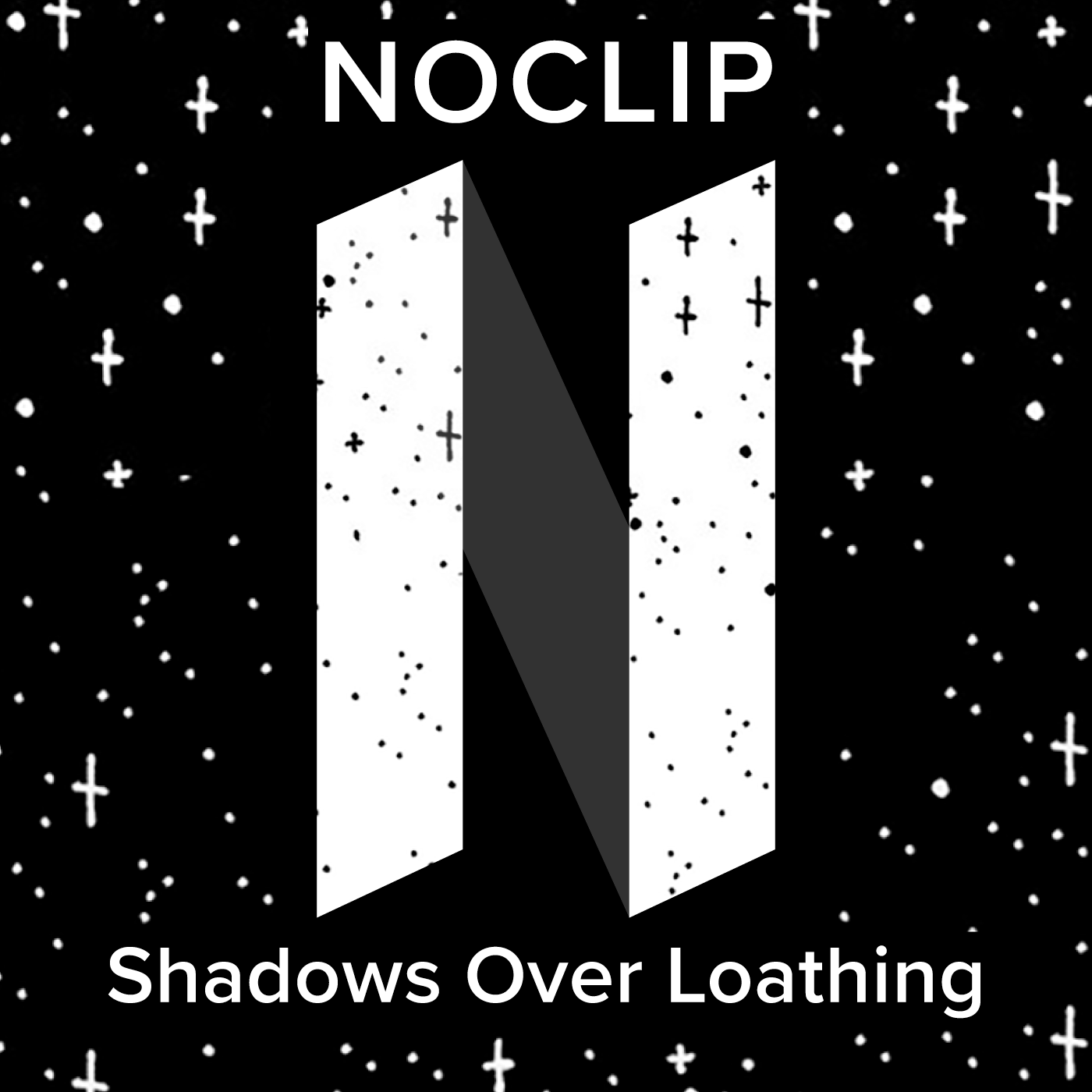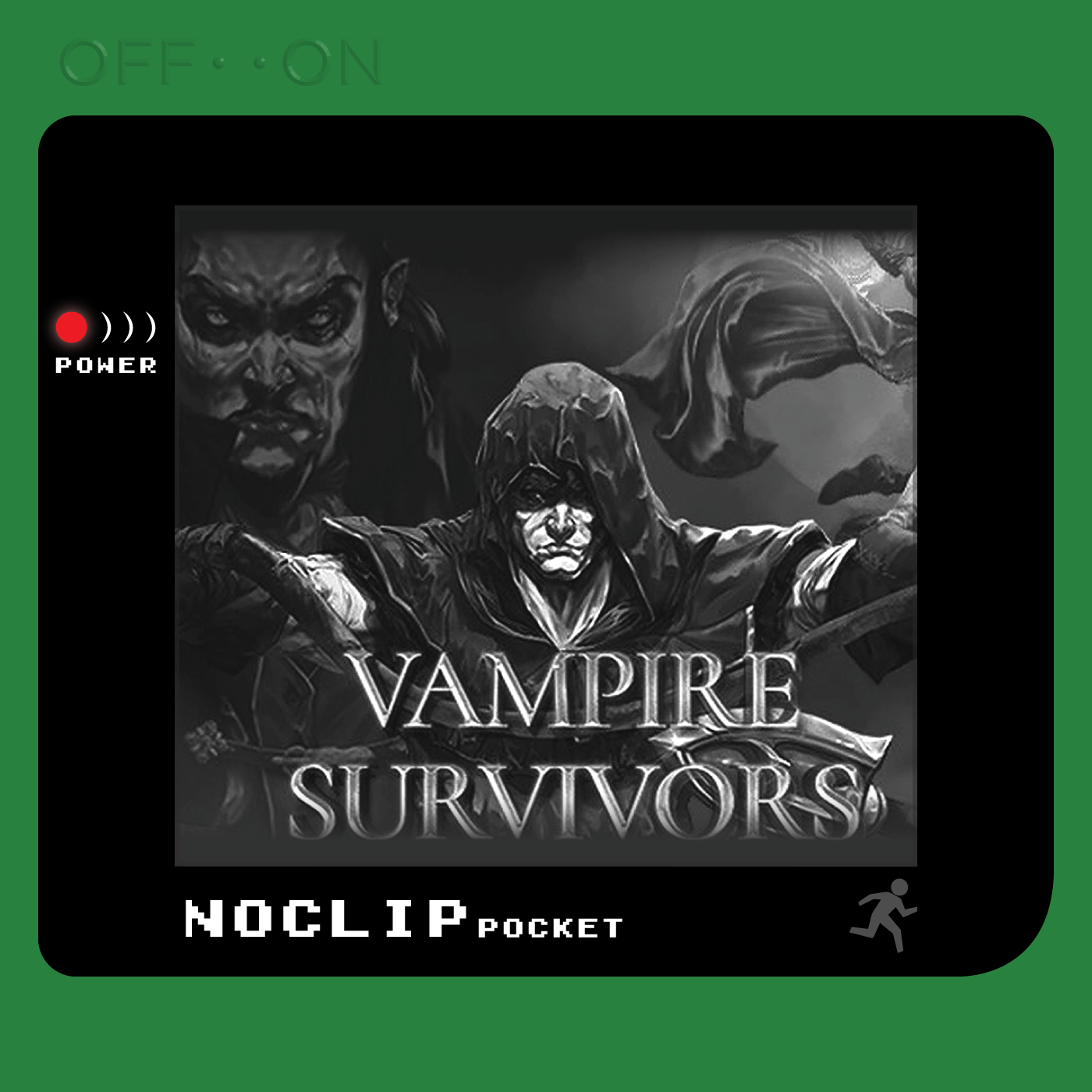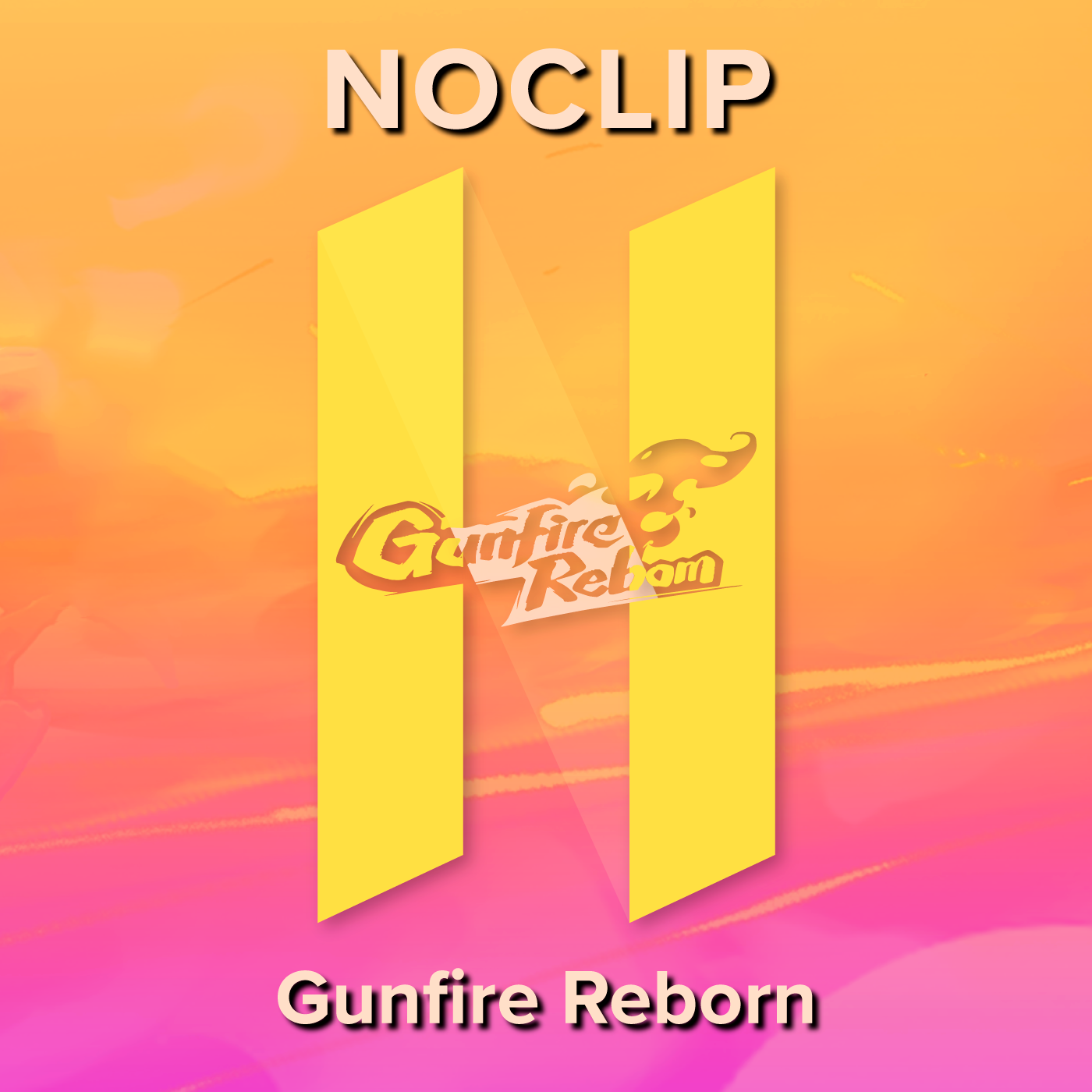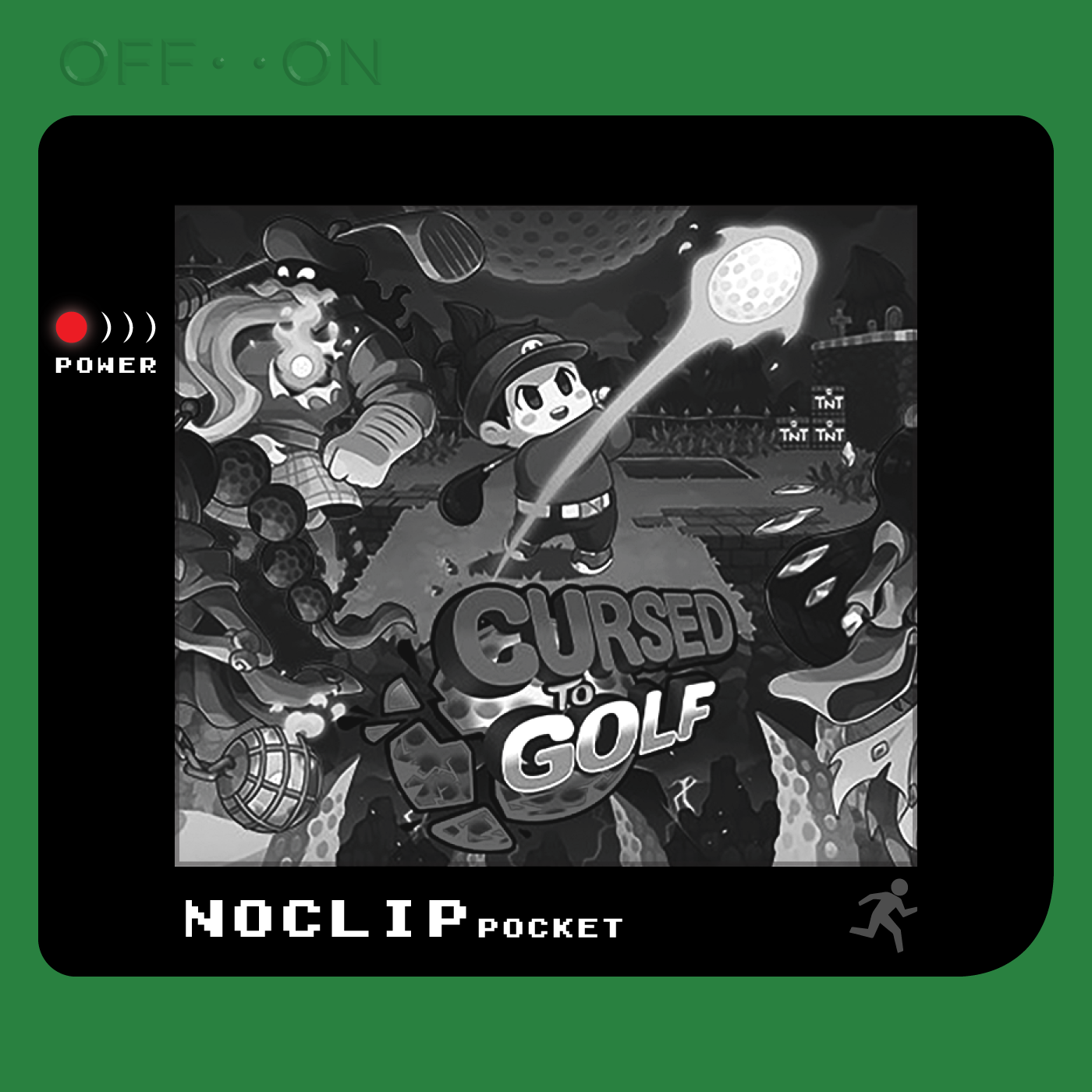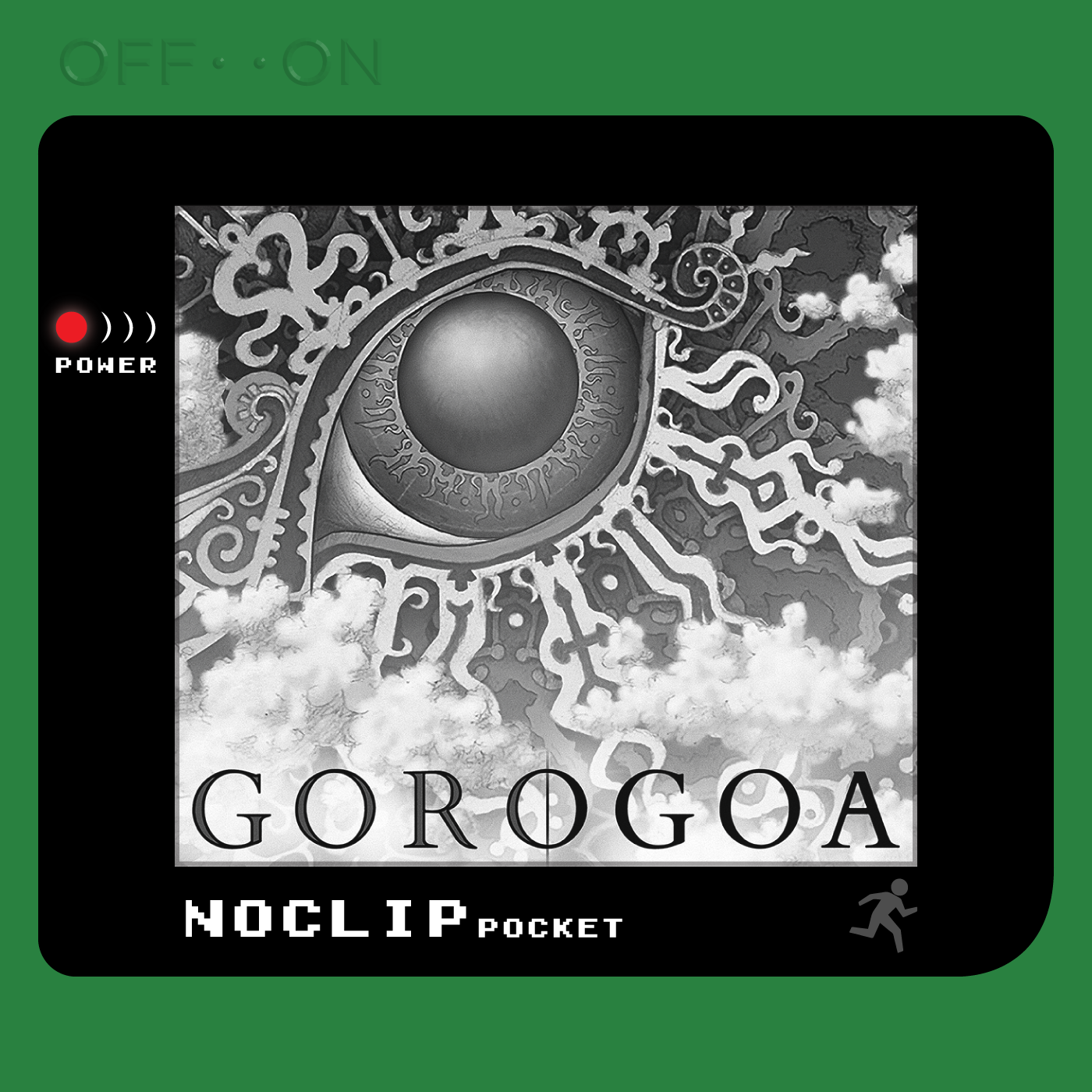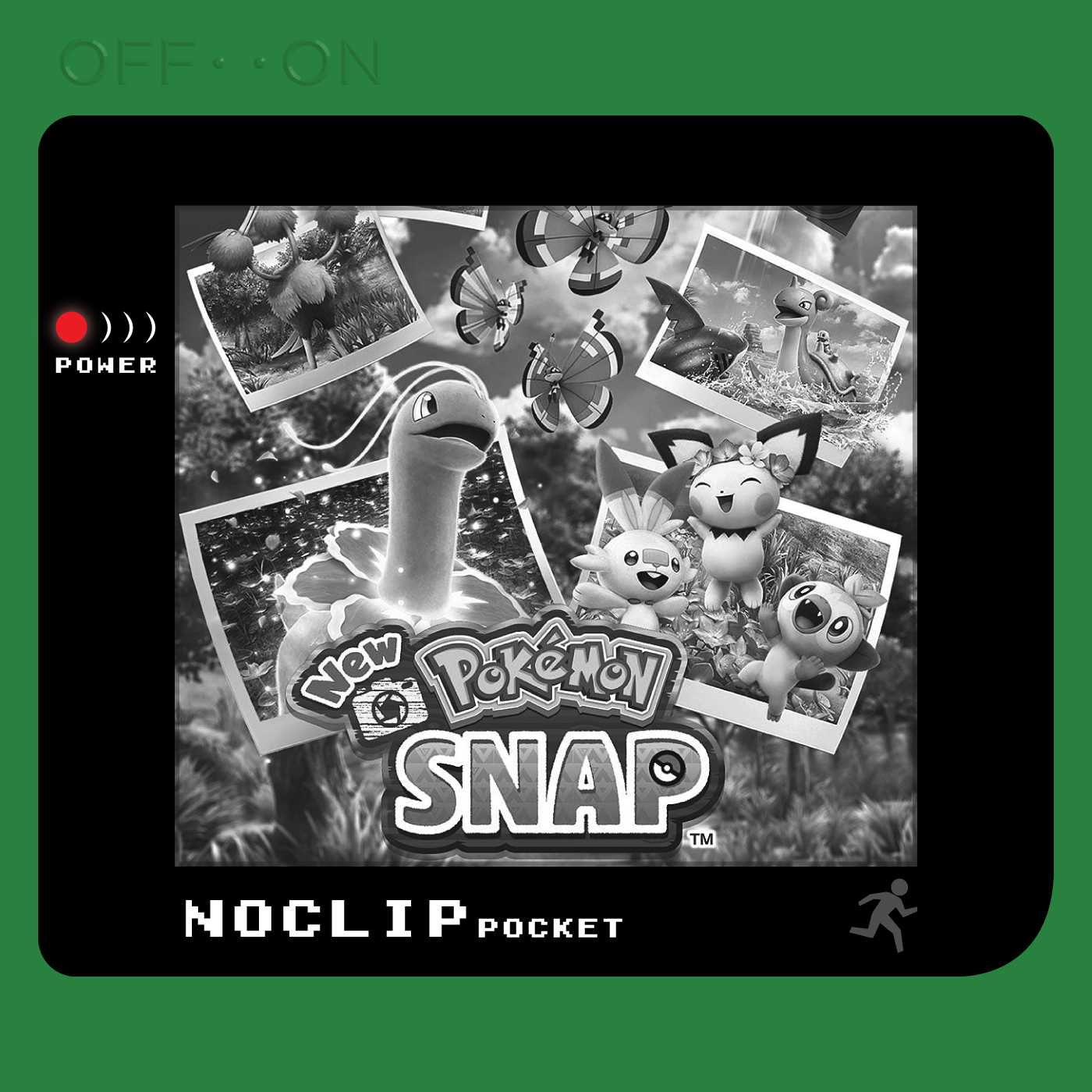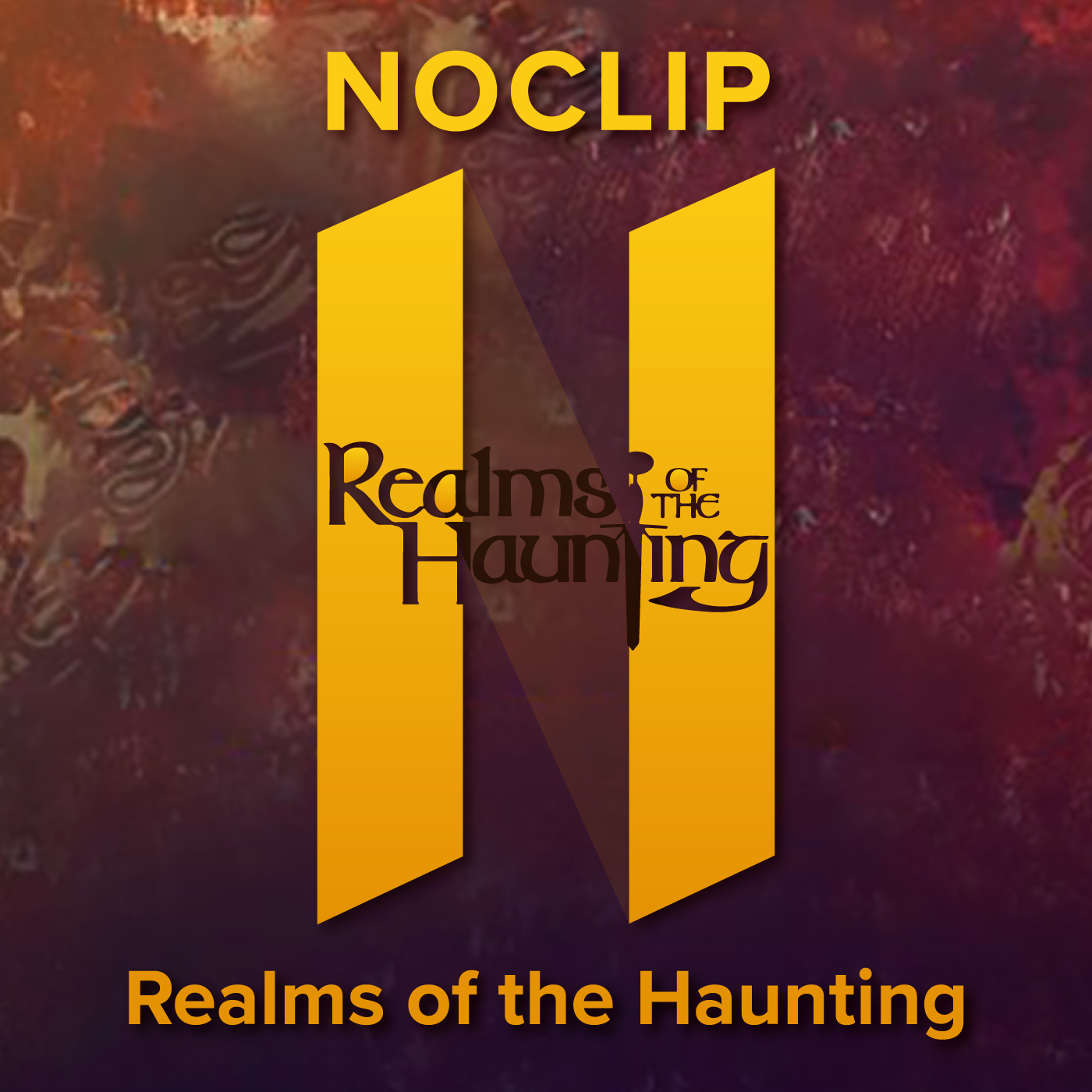I was able to do this using only a fraction of my ancestors’ podcast.
Welcome back to the podcast! For our annual Zelda title, we’re going to be talking about Twilight Princess, the game that released on both the GameCube and as a launch title for the Wii. We, however, played the HD remake for the Wii U, released ten years later, so do keep that in mind going through. Twilight Princess is a Zelda game in its usual form for the most part, seeing Link swap between exploring an overworld and going through dungeons, with a host of items and equipment to collect and use. The main thing separating it, then, from other titles in the franchise is aesthetic and story and boy does it separate. There is a clear new direction for the look of this game, with characters being rendered in a higher detail than was ever done before (or was really possible before), and between the age of the game right now and the other elements incorporated into its aesthetic, this gives much of the world an eerie uncanny feeling. This could be a positive feature that was gained over time, as the visuals fell from being “top of the line,” but from the design this feels intentional. The game is intentionally much creepier than previous entries, with disproportioned or emaciated humanoid characters and the strange digital creatures that occupy the Twilight realm, and it helps this game form its oddly shaped footprint on the Zelda franchise. As far as the game holds up today, it mostly does, with the dungeon design being on par with previous titles while containing some real standout examples, but it stumbles in a few places, the beginning of the game and wolf Link’s utilization being a few notable ones. We’re going to be talking about gameplay and the expanded combat system, how the game’s aesthetic design actually meshes with the overall series, and we expose the secret inspiration for Dreamwork’s Boss Baby.
Thank you for joining us again this week! We’re love to come back to the Zelda franchise pretty regularly because it’s a series that commands a lot of influence on the industry and inspires a huge amount of argumentation. Is Twilight Princess one of your favorites, or do you hate it with a burning passion? Or more likely, do you think it falls somewhere in the middle for not doing any one thing to an extreme? Let us know over in our Discord or in the comments. Next time, we’re going to be talking about a possibly underappreciated (TBD) childhood game in Space Station Silicon Valley, a puzzle platformer about robot animals. So if that sounds up your alley, we hope you’ll check back for that!



